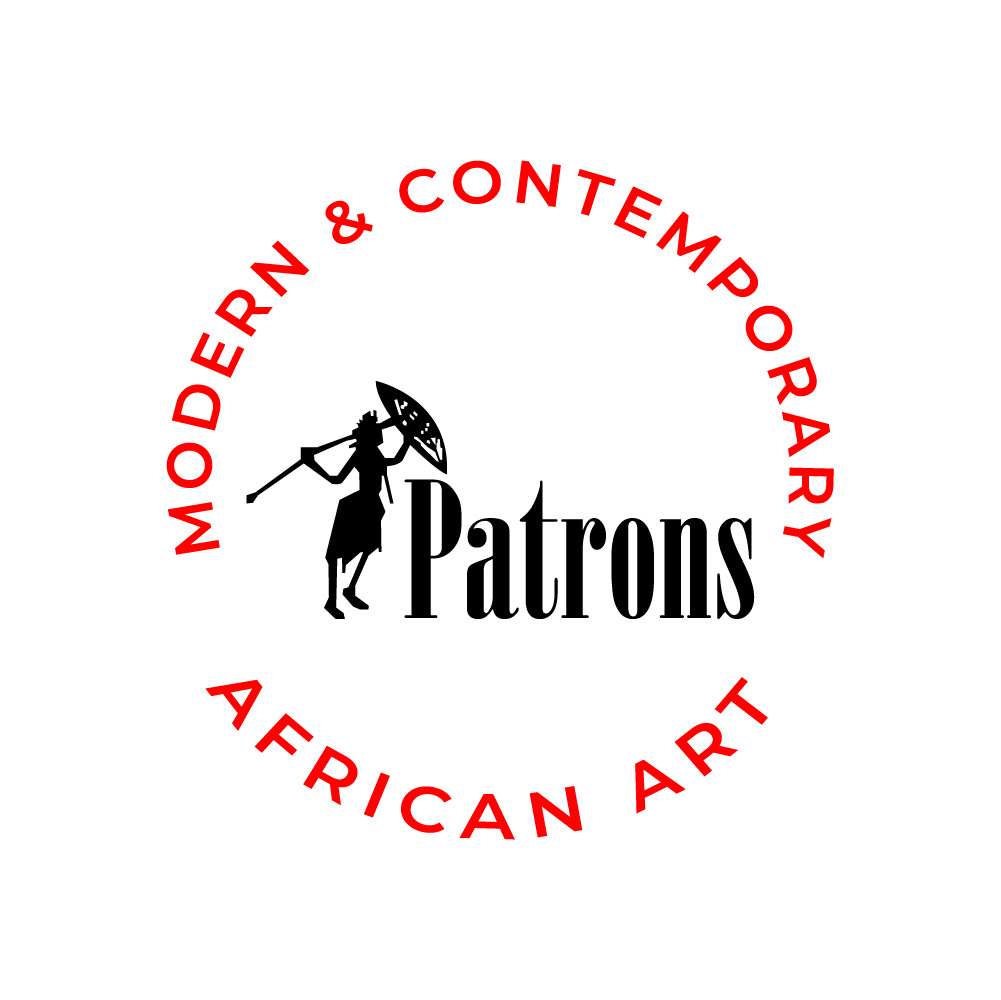
We often celebrate the stunning visuals, the deep symbolism, and the cultural richness of African art. But behind every exhibit and gallery wall, there’s a storyteller. And here’s the catch—many of these storytellers haven’t been African.
For the longest time, African art has been viewed through someone else’s lens. Western curators and institutions often held the microphone, interpreting the continent’s rich artistic heritage in ways that felt distant, sometimes even distorted. Many African artworks were boxed into categories like "primitive" or "tribal," disconnected from the vibrant cultures and histories they came from.
But that’s changing. Slowly but surely, African curators, scholars, and artists are taking back the pen and rewriting the narrative. They’re not just adding footnotes to an old story—they’re creating an entirely new one. This conversation isn’t just about art—it’s about power, identity, and who gets to define a culture on the global stage.
So, the big question remains: who should be telling Africa’s artistic story? And what does that look like in a world that’s finally starting to listen?
The Backstory: A Longstanding Imbalance
Let’s rewind a bit. For decades, African art was often displayed and portrayed in Western museums as materials more useful for historical curiosities than creative masterpieces. No context. No connection. No voice from the communities who made them. It often felt as though one was hearing half of a story and being told that’s all that there is.
Western institutions told these stories from their own perspectives, often ignoring the voices and nuances of African artists, historians, and curators. This created a massive imbalance—a one-sided version of Africa’s rich artistic narrative that didn’t do justice to its depth or diversity.
The Shift: African Curators Take the Lead
With the shift in place in recent years, African curators have taken the bulls by the horn, reclaiming control and changing the game. They are building spaces, launching platforms, and telling stories rooted in authenticity.
Take Nana Oforiatta Ayim, for example—a Ghanaian curator, writer, and force behind the ANO Institute of Arts and Knowledge. She is working to redefine how African culture and art are documented, preserved, and shared. Her work connects contemporary African art to its traditional roots and local communities, bringing into context that Western galleries often ignore.
Then there’s Adenrele Sonariwo, founder of Rele Gallery in Lagos, Los Angeles, and London. She’s creating space for a new generation of African artists—giving them not just visibility but a voice on the global stage.
Like these women, many others like them are flipping the script.
The Roadblocks Still Standing
Granted, these strides are not at all smooth sailing. African curators are still underrepresented in major global art institutions and secondary markets. Many African artefacts—some taken during colonial rule—still sit in Western museums. Albeit the call for restitution is growing louder, progress remains slow.
Even so, there is hope.
Technology is opening new doors. With online exhibitions, digital galleries, and social media, African curators are now able to reach audiences worldwide without relying on traditional gatekeepers.
Why This Matters
This is not just an art issue. It is about ownership, identity, and power. When African stories are told by African voices, the art becomes more than a visual experience—it becomes a powerful expression of heritage, resistance, pride, and evolution.
Think of it like this: would you rather hear a story from someone who lived it, or someone who only read about it?
Where Do We Go From Here?
The answer is clear: we need more African-led institutions, more curators shaping our own narratives, and more support for these efforts—financially, culturally, and politically.
Let’s make room for the storytellers who know the rhythms, colours, and spirits behind each brushstroke and sculpture. Let’s put the mic in their hands.
Because the truth is, no one can tell Africa’s artistic story better than Africans.





